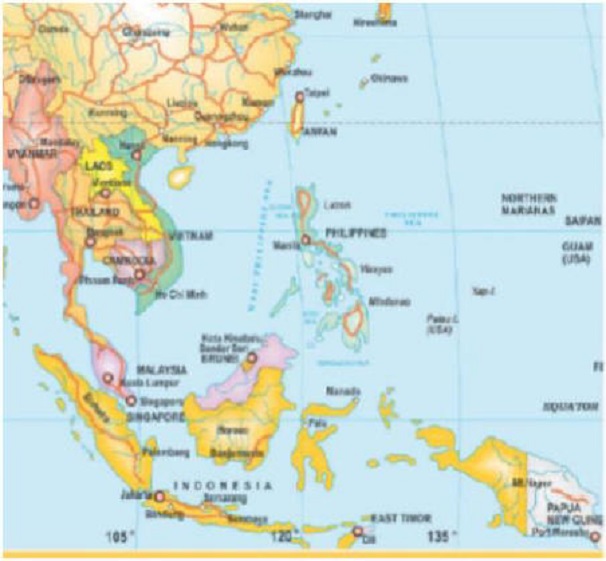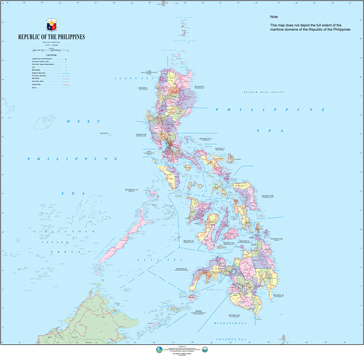In August 2001, the Philippine Stock Exchange completed its conversion to a publicly held stock corporation. As its first shareholders, each of the 184 member-brokers subscribed and fully paid for 50,000 shares. The listing of its shares on the Philippine Stock Exchange took effect in December 2003 and 40% of the unissued shares were sold through a private placement in February 2004.
As of September 30, 2021, the Philippine Stock Exchange had 272 listed companies and 125 active trading participants.
The PSEi closed at 7,200.88 points on November 29, 2021. As of December 29, 2020, the PSEi closed at 7,139.7 compared to a close of 7,815.26 on December 27, 2019, 7,466.02 on December 29, 2018, 8,558.4 on December 29, 2017 and 6,840.6 on December 30, 2016. In 2020, the average PSEi was 6,344.57, compared to the average PSEi level of 7,908.89 in 2019, 7,744.97 in 2018, 7,850.50 in 2017 and 7,284.49 in 2016.
In addition to the Philippine Stock Exchange, the Philippine Dealing and Exchange Corporation (“PDEX”), which deals mainly with trading of foreign exchange and fixed-income securities, was granted self-regulatory organization status by the Philippine SEC in 2006. The PDEX registered a trading volume of ₱6.1 trillion of both Government and corporate securities in 2020, a 15.9% increase from the ₱5.3 trillion registered in 2019.
In May 2013, plans of a merger between the Philippine Stock Exchange and Philippine Dealing System Holding Corporation (PDS), the holding company that owns the PDEX, were announced. The aim of the merger was to create a consolidated equity and bond trading platform. On March 28, 2016, the SEC denied the proposed transaction. The PSE received an offer from state-owned bank, Land Bank of the Philippines to acquire its shares in PDS sometime in April 2018. As of September 30, 2021, no merger or acquisition has materialized.
Government Securities Market
The Bureau of the Treasury currently conducts weekly public offerings of treasury bills with maturities of 91 days, 182 days and 364 days, as well as treasury bonds with maturities ranging from two years to 28.5 years.
As of December 31, 2016, outstanding Government securities amounted to ₱3.9 trillion, 54.0% of which were issuances of treasury bills and fixed rate treasury bonds. The remaining issuances of Government securities consisted of retail treasury bonds, progress bonds, foreign exchange promissory notes and Government-guaranteed debt, among others.
As of December 31, 2017, outstanding Government securities amounted to ₱4.4 trillion, 50.2% of which were issuances of treasury bills and fixed rate treasury bonds. The remaining issuances of Government securities consisted of RTBs, progress bonds, foreign exchange promissory notes and Government-guaranteed debt, among others.
As of December 31, 2018, outstanding Government securities amounted to ₱4.8 trillion, 51.2% of which were issuances of treasury bills and fixed rate treasury bonds. The remaining issuances of Government securities consisted of retail treasury bonds, progress bonds, foreign exchange promissory notes and Government-guaranteed debt, among others.
As of December 31, 2019, outstanding Government securities amounted to ₱5.1 trillion, 49.9% of which were issuances of treasury bills and fixed rate treasury bonds. The remaining issuances of Government securities consisted of retail treasury bonds, benchmark bonds and onshore dollar bonds, among others.
As of December 31, 2020, outstanding Government securities amounted to ₱6.7 trillion, 51.2% of which were issuances of treasury bills and fixed rate treasury bonds. The remaining issuances of Government securities consisted of retail treasury bonds, benchmark bonds and onshore dollar bonds, among others.
D-104

